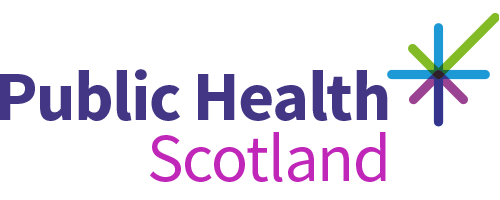- Published
- 22 August 2025
- Journal article
Social inequalities in COVID-19-related years of life lost in metropolitan France, 2020
- Authors
- Source
- Archives of Public Health
Abstract
Background: The COVID-19 pandemic has directly, and indirectly, exacerbated existing social health inequalities. People living in socially deprived areas are at greater risk of most adverse outcomes from COVID-19. The aim of this study was to quantify the extent of social inequalities in COVID-19 related YLL (Years of Life Lost) in metropolitan France during 2020. Methods: The French national mortality database was used to identify COVID-19 related deaths. The French deprivation (FDep) index was used to assign deaths to a municipality-based social deprivation quintile of the French metropolitan population. Residual life expectancy at age of death was defined using the Global Burden of Disease (GBD) 2019 reference aspirational life table, and YLL was estimated for each registered death. Health inequalities were measured using gap measures between least and most deprived areas (absolute and relative), distributional measures (slope index of inequality (SII), relative index of inequality (RII)) and measure of potential impact (population attributable fraction (PAF)). The PAF was estimated using the least socially deprived quintile (Q1) as the reference level. Results: In 2020, the overall age standardized YLL rate related to COVID-19 per 100 000 population was 836, ranging from 831 in the least deprived quintile (Q1) to 1058 in the most deprived quintile (Q5), reflecting the non-linear distribution between deprivation quintiles and COVID-19 YLL. The absolute gap was 227 and relative range was 1.27. The SII was 234.3 [95% confidence interval (CI): 226.6–241.9] COVID-19 YLL age standardized per 100 000 population. The rate in the most deprived areas (Q5) was around 67% higher than the mean population rate (RII = 1.33). The PAF estimate was not consistent (PAF = 0.36%) with gap and distributional measures of inequality. Conclusions: COVID-19 cause-specific mortality was unequally socially distributed across areas. Our analysis highlighted marked inequalities in YLL estimates across urban and rural municipalities of France, the more disadvantaged a municipality, the higher YLL it has. Further research is needed to better investigate the mechanisms driving such inequalities, particularly regarding the wider role of social determinants of health, which has strong impact on the excess mortality risks.
Rights
This article is licensed under a Creative Commons Attribution-NonCommercial-NoDerivatives 4.0 International License, which permits any non-commercial use, sharing, distribution and reproduction in any medium or format, as long as you give appropriate credit to the original author(s) and the source, provide a link to the Creative Commons licence, and indicate if you modified the licensed material. You do not have permission under this licence to share adapted material derived from this article or parts of it. The images or other third party material in this article are included in the article’s Creative Commons licence, unless indicated otherwise in a credit line to the material. If material is not included in the article’s Creative Commons licence and your intended use is not permitted by statutory regulation or exceeds the permitted use, you will need to obtain permission directly from the copyright holder. To view a copy of this licence, visit http://creativecommons.org/licenses/by-nc-nd/4.0/.
Cite as
Haneef, R., Mahrouseh, N., Bessonneau, P., Vandentorren, S., Minier, N., Chin, F., Bruyère, O., Devleesschauwer, B. & Wyper, G. 2025, 'Social inequalities in COVID-19-related years of life lost in metropolitan France, 2020', Archives of Public Health, 83, article no: 215. https://doi.org/10.1186/s13690-025-01704-2
Downloadable citations
Download HTML citationHTML Download BIB citationBIB Download RIS citationRISIdentifiers
- Repository URI
- https://eprints.gla.ac.uk/363283/
